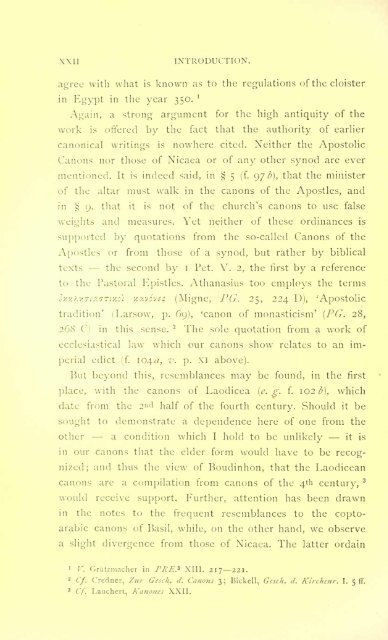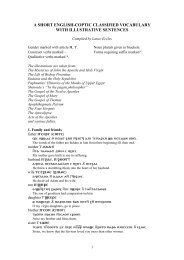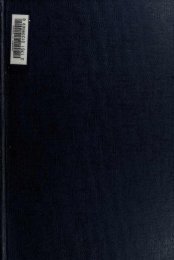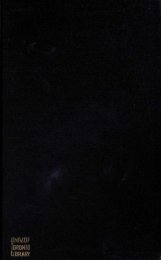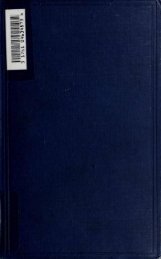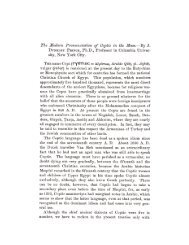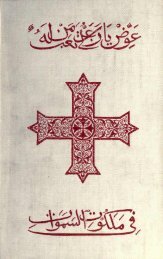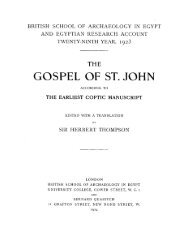Original - The Coptic Orthodox Church
Original - The Coptic Orthodox Church
Original - The Coptic Orthodox Church
You also want an ePaper? Increase the reach of your titles
YUMPU automatically turns print PDFs into web optimized ePapers that Google loves.
XXII INTRODUCTION.<br />
agree with what is known as to the regulations<br />
in Egypt in the year 350. J<br />
Again, a strong argument for the high antiquity<br />
of the cloister<br />
of the<br />
work is offered by the fact that the authority of earlier<br />
canonical writings is nowhere cited. Neither the Apostolic<br />
Canons nor those of Nicaea or of any other synod are ever<br />
mentioned. It is indeed said, in 5 (f. 97^),<br />
that the minister<br />
of the altar must walk in the canons of the Apostles, and<br />
in $ (j,<br />
weights<br />
that it is not of the church s canons to use false<br />
and measures. Yet neither of these ordinances is<br />
supported by quotations<br />
from the so-called Canons of the<br />
Apostles or from those of a synod, but rather by biblical<br />
texts - - the second by I Pet. V. 2, the first by<br />
a reference<br />
to the Pastoral Epistles. Athanasius too employs the terms<br />
ty.y./. /!7tz77iy.o} xzvc sf: (Migne, PG. 25, 224 D), Apostolic<br />
tradition (Larsow, p. 69), canon of monasticism (PG. 28,<br />
268 C) in this sense. 2 <strong>The</strong> sole quotation from a work of<br />
ecclesiastical law which our canons show relates to an im<br />
perial edict (f. 104^, v. p. XI above).<br />
But beyond this, resemblances may be found, in the first<br />
place, with the canons of Laodicea (c. g. f. 102 ^), which<br />
date from the 2d half of the fourth century. Should it be<br />
sought to demonstrate a dependence<br />
other -<br />
a<br />
here of one from the<br />
condition which I hold to be unlikely - - it is<br />
in our canons that the elder form would have to be recog<br />
nized; and thus the view of Boudinhon, that the Laodicean<br />
canons are a compilation from canons of the 4th century, 3<br />
would receive support. Further, attention has been drawn<br />
in the notes to the frequent resemblances to the copto-<br />
arabic canons of Basil, while, on the other hand, we observe<br />
a slight divergence from those of Nicaea. <strong>The</strong> latter ordain<br />
1 V. CJriitzmacher in PRE.* XIII. 217 221.<br />
2 Cf. Crcdncr, Zttr Gesch. d. Canons 3; Bickell, Gesch. d. Kirchcnr. I. 5 ff.<br />
3 Cf. Lauchcrt, K anones XXII.


